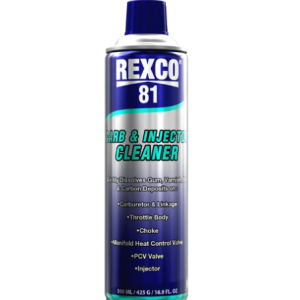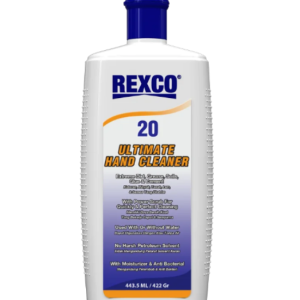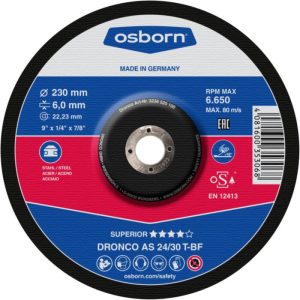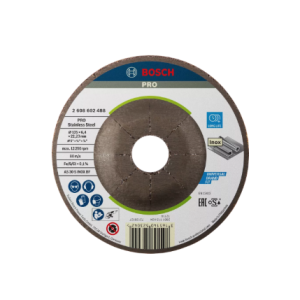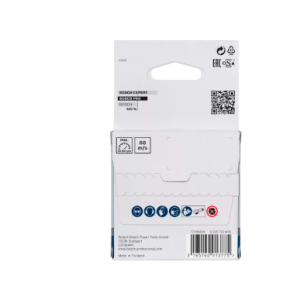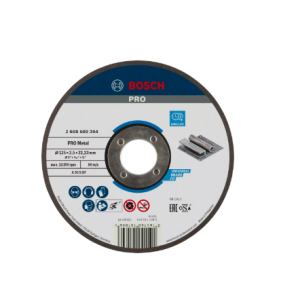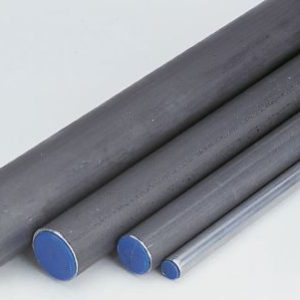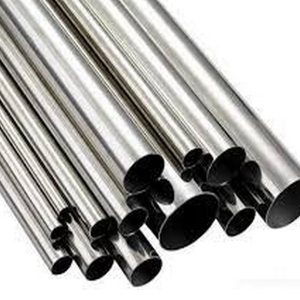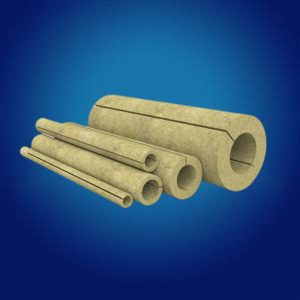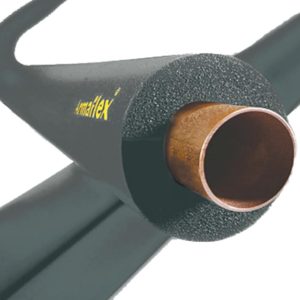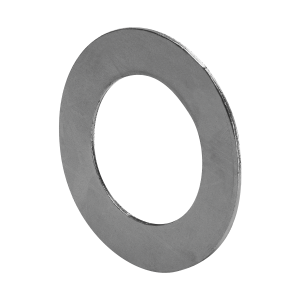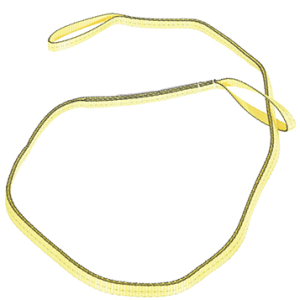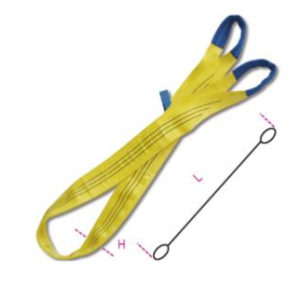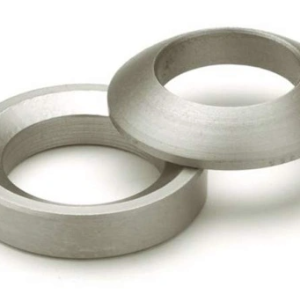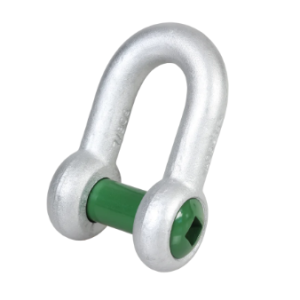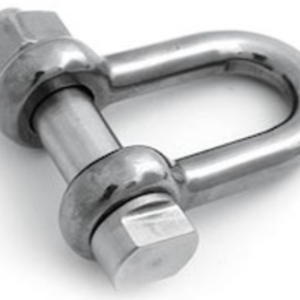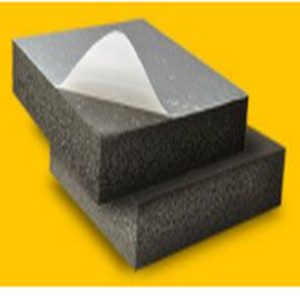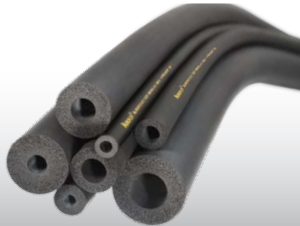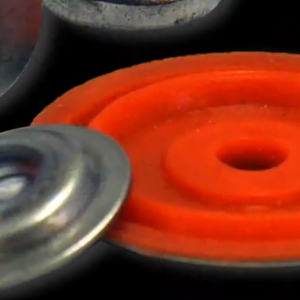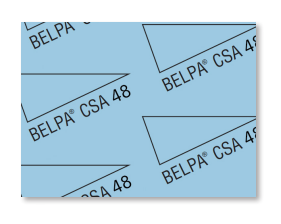- About Sotaville
- Solutions
-
- Products
- ServicesWhat is Lorem Ipsum? Lorem Ipsum is simply dummy text of the printing and typesetting industry. Lorem Ipsum has been the industry’s standard dummy text ever since the 1500s, when an unknown printer took a galley of type and scrambled it to make a type specimen book. It has survived not only five centuries, but also the leap into electronic typesetting, remaining essentially unchanged. It was popularised in the 1960s with the release of Letraset sheets containing Lorem Ipsum passages, and more recently with desktop publishing software like Aldus PageMaker including versions of Lorem Ipsum. Why do we use it? It is a long established fact that a reader will be distracted by the readable content of a page when looking at its layout. The point of using Lorem Ipsum is that it has a more-or-less normal distribution of letters, as opposed to using ‘Content here, content here’, making it look like readable English. Many desktop publishing packages and web page editors now use Lorem Ipsum as their default model text, and a search for ‘lorem ipsum’ will uncover many web sites still in their infancy. Various versions have evolved over the years, sometimes by accident, sometimes on purpose (injected humour…
- News
- Contact
Steel Cutting Process in Shipbuilding Industry
The steel cutting process in shipbuilding is considered one of the crucial stages that shipyards pay special attention to. This step is essential for creating the overall structural system that ensures the ship is strong, stable, and durable in the harsh marine environment.
Overview of the Steel Cutting Process in Shipbuilding
Steel cutting is a vital link in the mechanical fabrication and installation of auxiliary structures. At this stage, workers perform cutting, welding, bending, drilling, and assembling metal components such as decks, handrails, stairs, machine supports, doors, and hatch covers to ensure solid connections for the entire ship structure.
This process demands high precision, consistent technique, and absolute synchronization with other parts of the hull.
Role of the Steel Cutting Process in Ship Production
Although less prominent than the hull or electrical systems, the steel cutting process plays an essential role in completing the ship’s interior and exterior structures. It directly affects the safety, comfort, and maintainability of the vessel.
Auxiliary structures produced during this phase help distribute loads effectively, protect users, and facilitate easy movement and repairs later. A high-quality ship cannot be achieved without precise and coordinated steel cutting.
Potential Risks and Working Conditions
Workers in the steel department often work directly with welding machines, metal cutting tools, sharp steel plates, and hot material surfaces. Common risks include:
-
Welding sparks causing burns or fires
-
Heavy objects falling and causing injury
-
Slips and falls when working at heights or on slippery surfaces
-
Inhalation of harmful welding fumes and metal dust
-
Working in damp, noisy, vibrating, and poorly lit conditions, especially inside confined spaces
Required Personal Protective Equipment (PPE)
To ensure worker safety during steel cutting, full PPE is mandatory, including:
-
Safety helmet with secure chin strap to protect from impacts and falling objects
-
Protective goggles resistant to glare and UV radiation (e.g., 3M, Honeywell)
-
Heat-resistant leather gloves or cut-resistant gloves to protect hands from hot and sharp metal
-
Auto-darkening welding helmets or handheld masks to protect eyes and face from sparks
-
Fire-resistant and heat-resistant clothing, preferably thick, tightly stitched, and non-flammable
-
Steel-toe safety boots with puncture resistance, slip resistance, and spark resistance
-
Respirators and specialized masks to prevent inhaling welding fumes and metal dust
Recommendations and Notes on Choosing Appropriate PPE
-
Select PPE from reputable brands such as 3M, Ansell, Honeywell, Dräger to ensure durability and effectiveness in heavy industrial environments
-
Prioritize comfortable, adjustable, and certified protective gear (CE, ANSI, etc.)
-
Train workers on proper PPE use
-
Perform regular maintenance and replace gear showing signs of wear or damage
Contact hotline 0889108080 for expert advice on suitable personal protective equipment for the steel cutting process in shipbuilding. Sotaville’s professional team is ready to support you promptly and diligently!

